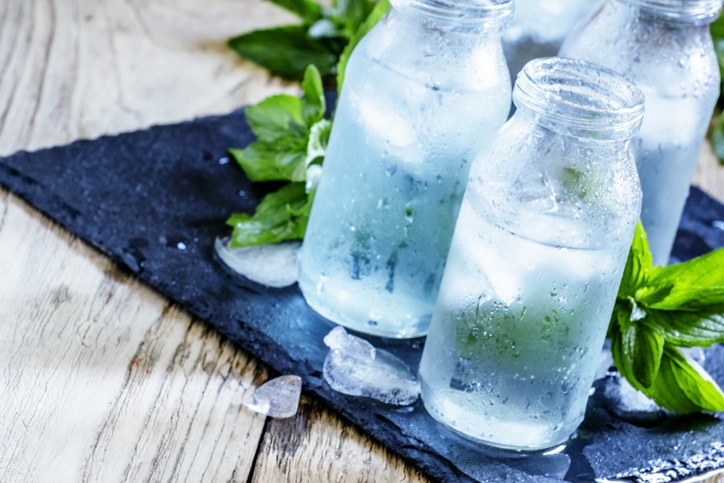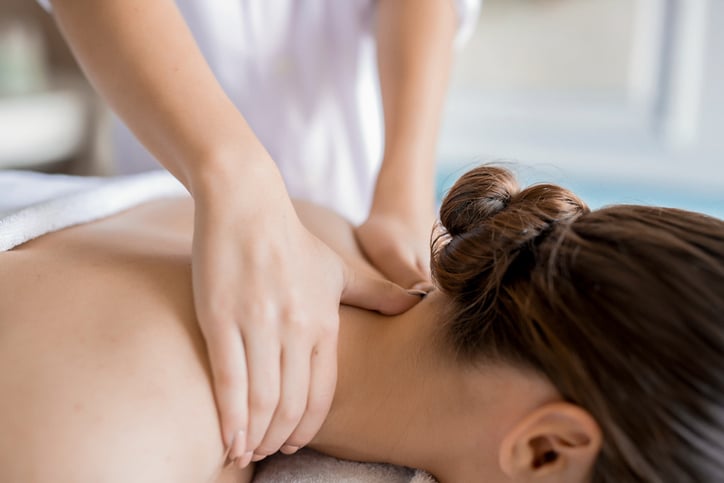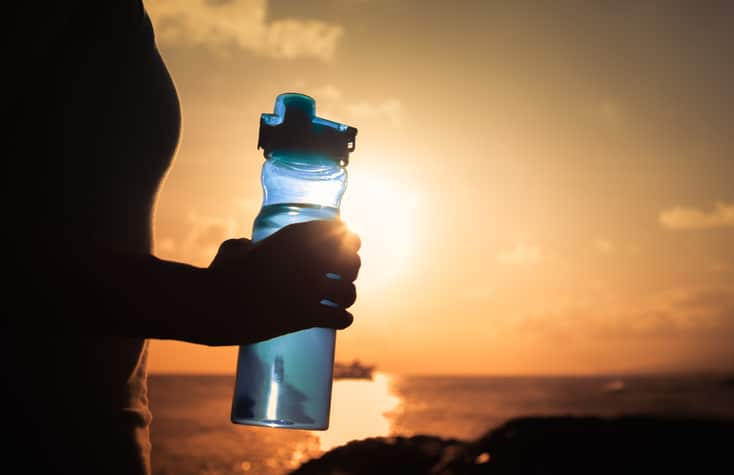
Massage therapy reduces inflammation, eases tension and relieves pain in the muscles and joints. It can boost recovery of muscle tissue and increase circulation. You may have heard that massage therapists often suggest that their clients drink water before and after a massage. This has to do with maintaining a level of hydration that will reduce soreness after their session. Since massages increase flow of bodily fluids, some clients will find that they are dehydrating.
There have been some different ideas about why this is the case and how it works, but the bottom line is that when your clients stay properly hydrated they will be healthier. As a professional in the wellness sector, it’s in your best interest to have clients who take care of their bodies, and understanding how water helps keep tissues healthy will give you more background to keep clients feeling good. Read on!
Increased Blood Flow for Your Clients after Massage Therapy Training
After a massage, you want your clients to feel relaxed. Massage itself facilitates circulation by releasing tension. The circulatory system delivers oxygen and nutrients to tissues. Dehydration can reduce circulation, as water is necessary for blood flow.
To keep muscles and joints feeling healthy and pain free, it’s important to have proper flow of blood to the extremities, bringing with it all the nutrients necessary for proper functioning. This will also improve the body’s ability to recover from physical activity, as nutrition and blood flow are both major parts of muscle recovery. Drinking water maintains this level of circulation, supplying the body with enough fluids to function. This will help lower muscle soreness and discomfort after the massage.

Massage Therapy Grads Can Help Clients Reduce Pain with Hydration
After healthcare training, you will have a good understanding of anatomy and how taking care of the body leads to a better quality of life. Many people choose to invest in massage therapy as a strategy to relieve pain. Joint pain is a common complaint, especially as people age. Water helps lubricate the joints by stimulating production of synovial fluid, which lowers the amount of friction in these areas.
Muscle cramping and soreness can also be a result of dehydration, due to the depletion of electrolytes required for controlled contractions. A muscle cramp occurs when the tissue contracts without the person intending it to. Back pain can often be exacerbated by dehydration as well, with the spine unable to provide enough cushioning without hydration. When clients are hydrated, their body flushes out toxins and muscles recover faster from exercise.
Signs of Dehydration You May Notice in Clients
You may notice that a client’s skin lacks elasticity, or they may mention feeling fatigued. These signs can point to possible dehydration. Seizing or cramping muscles can also be a sign of dehydration. If the proper nutrients aren’t delivered to the muscles, they can contract involuntarily. After massage therapy training you will understand how to release muscles and help clients who complain of knots or sore areas. Flushing the body of waste can help reduce inflammation, so the more hydrated a client is, the less likely they are to experience soreness and inflammation.

Water is a vital nutrient and the adult human body is approximately 60% water. This highlights how important drinking water is for health and wellness. To help your clients lessen soreness and improve circulation after their massage, hydration is key.
Are you interested in massage therapy college?
Contact Medix for more information.



